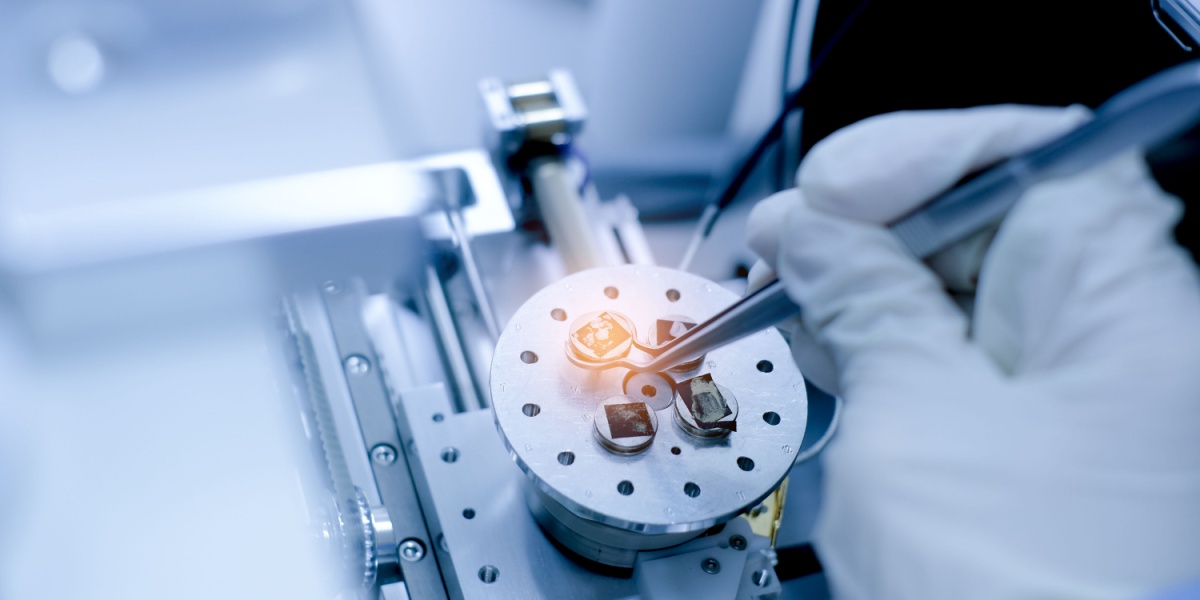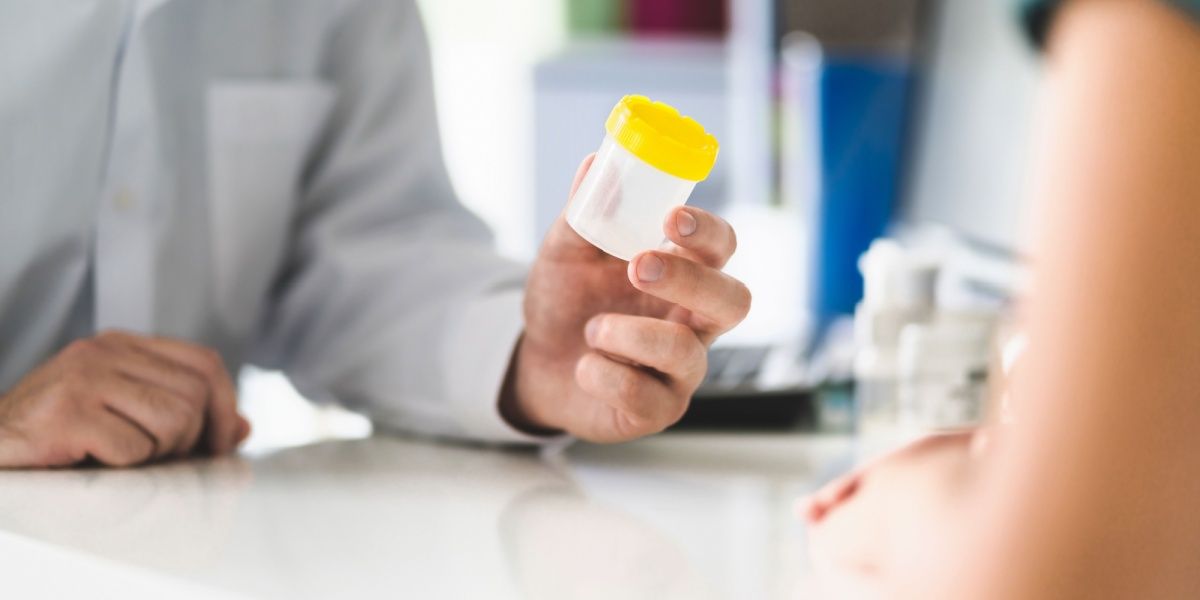Scientists have developed a new system for detecting multiple drugs, utilizing nanomaterial technology, which provides a faster and more reliable method for multi-drug screening. [1] This will be beneficial in many fields, including the monitoring of abstinence during addiction recovery and forensic drug testing.

The limitations of traditional drug screening methods
Traditional drug screening methods do not have 100% accuracy, with both false positives and negatives being more common than scientists would like. It also generally requires a different test for each drug, which can be costly and time-consuming, with some tests taking hours or even days to provide results. Limited detection windows and the inability to test for new drugs also reduce the accuracy of traditional screening. However, this new nanotechnology hopes to overcome these barriers.
Next-generation nanomaterials: How MGNs enhance drug detection
One of the main components of this nanotechnology is mesoporous graphitic-zeolite nanoparticles (MGNs). [1] These MGNs are carbon-based structures with a large surface area. [1] They are also porous, meaning they can capture drug molecules in their structure, even very small molecules at low concentrations. [1] When combined with laser-based mass spectrometry, this approach enables the rapid detection of drug molecules with a signal clarity approximately 100 times stronger than conventional methods. [1]
This method is also able to detect new psychoactive substances for which there is not yet a traditional test, and therefore would be missed with current drug screening. [1] The speed, accuracy, and ability to detect multiple drugs simultaneously make MGNs of huge benefit for drug screening.
The science behind the innovation
The underlying mechanism of MGN-based drug detection relies on laser desorption/ionization mass spectrometry. [2] When laser energy is applied to the MGN surface, the nanoparticles absorb the light and convert it to heat. This thermal energy causes the drug molecules captured in the MGN’s porous structure to become ionized for mass spectrometry analysis, allowing them to be identified by scientists.
Practical applications
The practical applications of this new nanotechnology are widespread, spanning multiple sectors. In addiction recovery, it will allow for accurate screening to ensure individuals are staying compliant with their treatment plan and not relapsing. Forensically, rapid testing can be used both at crime scenes and to test persons of interest for a crime, providing more accurate results than traditional testing.
Nanotechnology also enables rapid and accurate drug testing of athletes and in the workplace. In the emergency room, rapid drug testing can be performed for patients who have had an overdose, identifying which drugs are present in their system and allowing the quick administration of targeted treatment. It could also play a role in border control and customs to test for drug trafficking. All these examples show that nanotechnology could have a big role to play in future drug testing.
Benefits over conventional methods
There are many benefits of this new nanotechnology over conventional drug testing methods. Firstly, the rapid testing allows results to be seen in real-time, without current laboratory delays, which could be hours or even days. This means analysis can be done on-site, for example, at the crime scene. [3] This technology also has improved sensitivity and specificity compared to traditional methods, allowing for more accurate and reliable results, with fewer false positives or negatives. [3]
Additionally, this nanotechnology can detect new drugs for which there is currently no traditional test, and so would be missed with conventional screening. [1] These testing kits can also be portable and only require a small amount of sample to test, meaning they are practical for use in a variety of settings. All this combined demonstrates how significant an advancement this nanotechnology can be for multi-drug testing.
Challenges & considerations for adoption
Despite the promising capabilities of MGN-based drug testing, several challenges must be addressed before it can be widely implemented. One consideration is the initial cost of implementing this technology, as specialized equipment and trained personnel are required for operation and maintenance. Each sector, such as healthcare and law enforcement, will have to invest both time and money into infrastructure to support this new process.
Another challenge is regulatory approval, as drug testing protocols are heavily regulated. Establishing these procedures and getting the necessary certification will require extensive validation studies and documentation. There are also technical considerations regarding sample preparation and storage requirements. However, these are all challenges that can be overcome, allowing this nanotechnology to be at the forefront of drug testing in the near future.
Implications for treatment & recovery
Nanomaterial drug testing could transform addiction treatment and recovery monitoring. Real-time drug detection will enable healthcare providers to immediately identify relapse events, allowing for prompt intervention and adjustment of treatment plans. For individuals in recovery, this accurate monitoring may increase accountability and treatment compliance. It could also help to reduce any stigma associated with traditional drug testing, due to fewer false positive results.
Treatment facilities could utilize nanomaterial technology to develop more personalized treatment plans, with up-to-date information about individual compliance and risk factors. The detection of new psychoactive substances, which traditional methods cannot identify, strengthens treatment monitoring and promotes better patient compliance. This real-time monitoring may improve the chance of long-term recovery success.
Future directions
This new MGN-based drug detection is likely to be just the beginning of nanotechnology’s impact on drug screening. Its ability to rapidly detect a wide range of substances represents a major step forward when compared to traditional drug testing methods. Further research could help to expand the detectable substances, improve cost-effectiveness, and integrate artificial intelligence to help interpret results. Long-term goals could include having fully automated systems for drug detection requiring minimal expertise.
While further research and regulatory processes are required before this technology is widely available, it’s hoped that nanotechnology will have a substantial impact on drug detection in the near future.



-blog-detail.jpg?v=1755784638)
